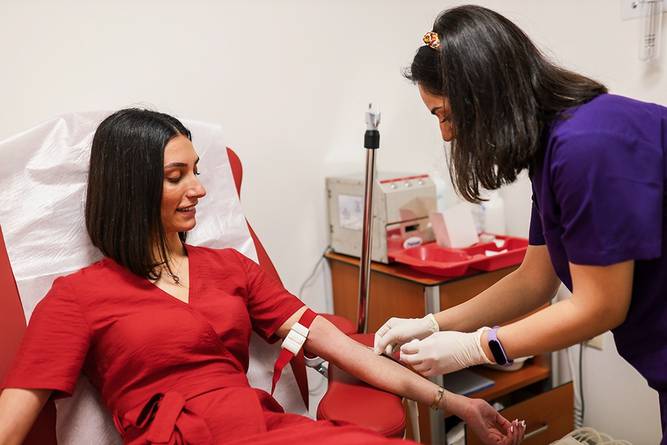Drawing blood from children can be a daunting task for both healthcare professionals and young patients. Pediatric phlebotomy requires not only technical skills but also a gentle approach to ensure a positive experience for children. With the right techniques and a compassionate demeanor, healthcare providers can make this process smoother and less intimidating. In this blog, we will explore effective strategies, share valuable statistics, and provide insights into the world of pediatric phlebotomy.

Understanding the Importance of Pediatric Phlebotomy
Pediatric phlebotomy is crucial for diagnosing and monitoring various health conditions in children. According to the Centers for Disease Control and Prevention (CDC), approximately 1 in 5 children in the U.S. has a chronic health condition that may require regular blood tests. This highlights the need for skilled professionals who can perform blood draws efficiently and with minimal discomfort.
Key Statistics on Pediatric Blood Draws
To better understand the landscape of pediatric phlebotomy, let’s look at some compelling statistics:
| Statistic | Value |
|---|---|
| Percentage of children needing blood tests | 20% |
| Average number of blood draws per child per year | 3-5 |
| Common age range for blood draws | 1 month - 18 years |
| Percentage of children who experience anxiety during blood draws | 70% |
| Success rate of pediatric blood draws with trained staff | 95% |
These statistics underscore the importance of specialized training for healthcare providers in pediatric phlebotomy. The anxiety that many children experience can be alleviated with the right techniques and a supportive environment.
Techniques for Successful Pediatric Phlebotomy
1. Building Rapport
Establishing trust with young patients is essential. Engaging in light conversation, using age-appropriate language, and explaining the procedure can help ease their fears. A friendly smile and a calm demeanor can go a long way in making children feel safe.
2. Choosing the Right Site
Selecting the appropriate site for venipuncture is critical. The antecubital fossa (the crease of the elbow) is often the preferred site for older children, while infants may require a draw from the heel or capillary sites.
3. Using Distraction Techniques
Distraction can significantly reduce anxiety. Techniques such as using toys, bubbles, or even virtual reality can help divert a child’s attention during the procedure. A study published in the Journal of Pediatric Nursing found that children who were distracted during blood draws reported 30% less pain than those who were not.
4. Employing the Right Equipment
Using pediatric-specific equipment can enhance the experience. Smaller needles and pediatric blood collection tubes are designed to minimize discomfort. Additionally, using a vacutainer system can streamline the process, making it quicker and more efficient.
5. Post-Procedure Care
After the blood draw, it’s important to provide care and reassurance. Applying a bandage and offering a small reward, like a sticker or a treat, can help create a positive association with the experience.
The Role of Technology in Pediatric Phlebotomy
Advancements in technology have also played a significant role in improving pediatric phlebotomy. For instance, the use of vein finders can help locate veins more easily, reducing the number of attempts needed. According to a study by the American Academy of Pediatrics, the use of vein finders increased successful blood draws by 40% in pediatric patients.
Technology Impact Statistics
| Technology Used | Success Rate Increase |
|---|---|
| Vein Finders | 40% |
| Pediatric Blood Collection Systems | 30% |
| Distraction Devices | 30% |
These innovations not only enhance the efficiency of blood draws but also contribute to a more positive experience for children and their families.
Conclusion
Pediatric phlebotomy is a specialized field that requires a unique blend of technical skills and emotional intelligence. By employing effective techniques, utilizing technology, and fostering a supportive environment, healthcare providers can significantly improve the experience for young patients. As we continue to advance in this field, it’s essential to prioritize the comfort and well-being of children during medical procedures.
For more information on pediatric phlebotomy techniques and resources, you can visit the American Academy of Pediatrics or check out the CDC’s guidelines for best practices. Together, we can make blood draws a less daunting experience for our youngest patients! ?



